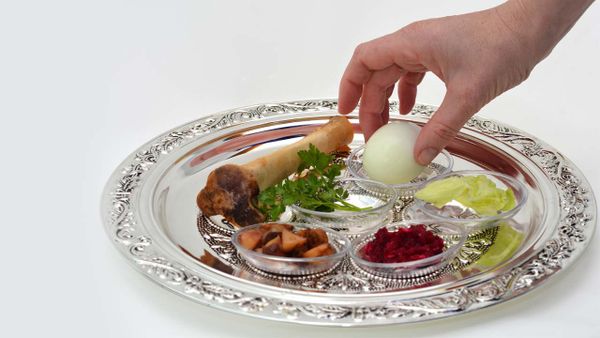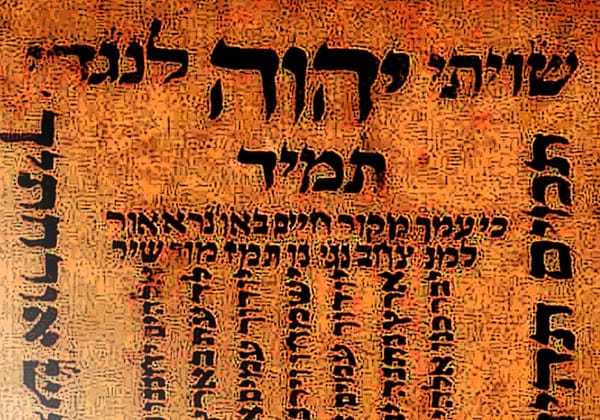According to researchers of antiquity driving away bad luck, the evil eye, and, in short, envious people—this was one of the purposes of mosaics in Ancient Rome. You may know of amulets, incantations, but art and specific mosaics were also used to ward off evil. Ancient literary sources and data provided by archaeology offer much information about the religious beliefs of the Romans, such as their rituals and magic or funeral practices.
“With this research, we are trying to find out how these beliefs are represented in Roman mosaics throughout the Empire,” said professor of Ancient History Luz Neira
The researchers stress that mosaics are not only works of art, but also documentary sources of the highest order for the study of history. Their analysis reveals the vision that the most powerful citizens had regarding these subjects, as it was mainly the elite classes who commissioned them for their domestic and private spaces.
“The most common representations deal with marriage, sacrifices (the ritual act of religiosity par excellence), or scenes against the evil eye and which try to protect against envy,” explained Professor Neira.
This type of mosaic had an apotropaic effect; that is, it was a kind of defense mechanism in Roman superstition to ward off evil spirits. To protect oneself from the evil eye, for example, they resorted to the representation of an eye pierced by a lance and surrounded by animals, in some cases with inscriptions.
Images of mythological characters with prominent phalli or other scenes that would drive away envious people were placed in the hallways of homes. One such depiction is in a mosaic on the island of Cephalonia, where an envious person is represented by someone writhing and strangling themselves because of the envy produced by the house they are looking at. These subjects are not confined to a specific epoch but instead are documented throughout the history of the Roman Empire.
Original Source: History of the Ancient World











Member discussion